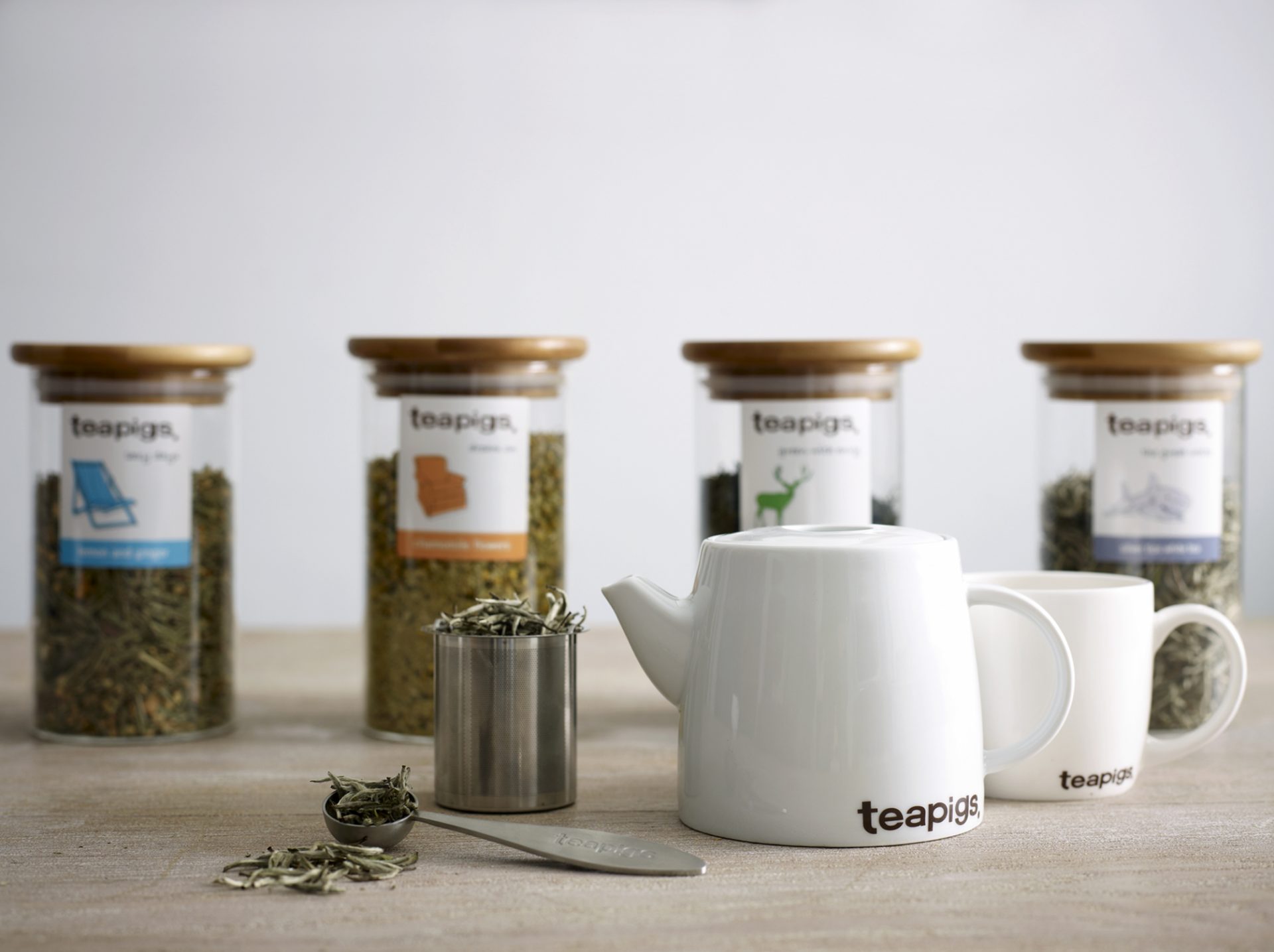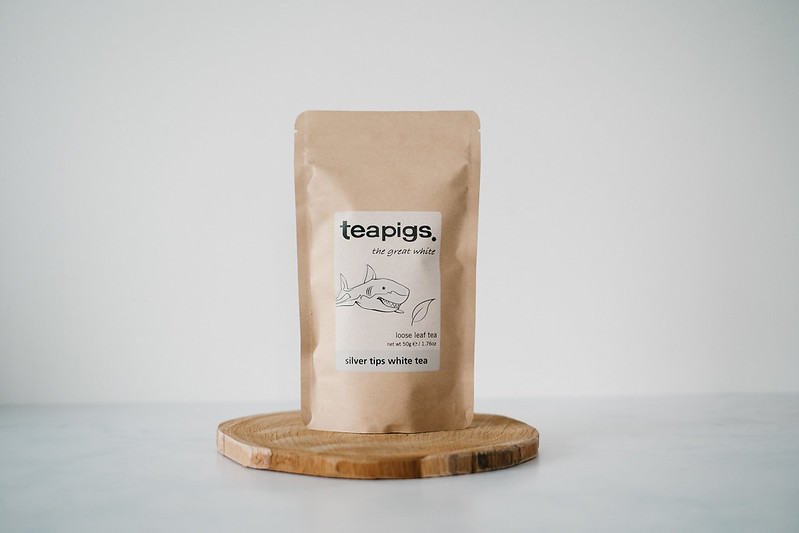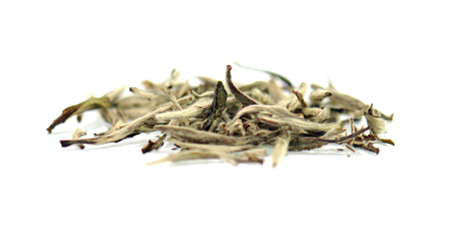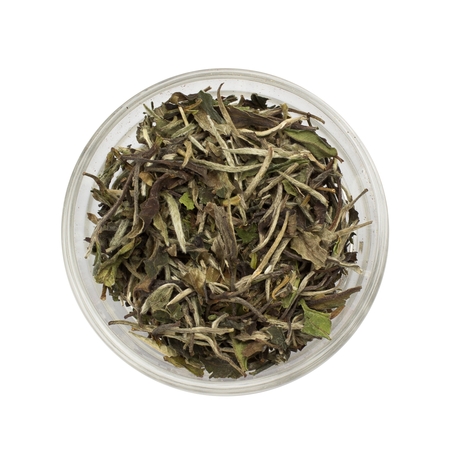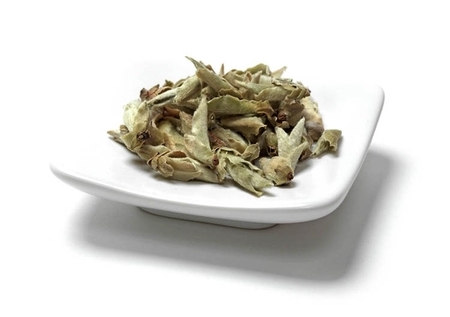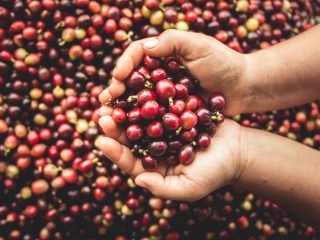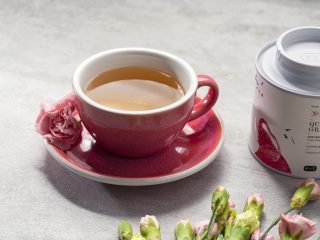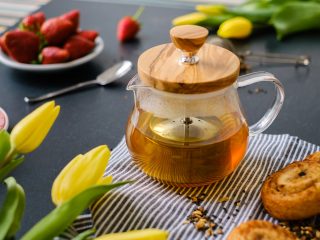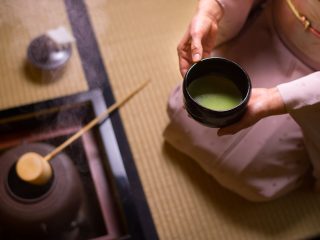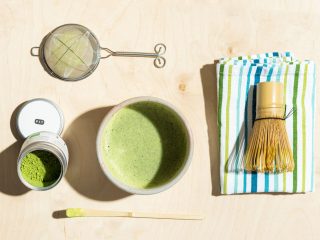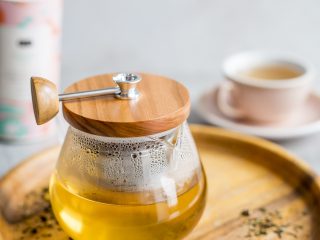White tea is the grey eminence of gentle elegance and subtlety. Its minimalism unveils itself in the very first steps of manufacturing process, where young buds and leaves are meticulously picked and simply left to wither. This modesty in production is generously contrasted by abundance of flavour we find in the brew – delicate, unobtrusive, rich with fresh floral notes and fruity sweetness, a perfect drink for early mornings and meditative minds.
Where does white tea come from?
The home of all tea is China, although these days its white type is produced in smaller quantities in other parts of Asia too. Manufacturing is cut down to two steps: picking young buds and perhaps one or two leaves, followed by leaving them out on the sun . This makes white tea the least processed out of all teas – you can watch these steps here here:
It goes without saying that white tea is rather uncommon compared to its green and black peers out there, which led to (mostly false!) assumptions it is the most exclusive and pricey. Or perhaps we tend to go for other teas because we are afraid of the pitfalls in brewing white tea? t’s time to debunk the myth we’ve all heard – “white tea cannot stand high temperatures!”.
Brewing and flavours
One false step and our precious leaves are ruined, burned, and wasted…or are they? In fact, not only does white tea endure higher temperatures, she loves it! Fear not, and try hot, almost boiling temperature water (90-95 degrees) – perhaps you’ll find your leaves not only intact, but also blooming with aromatics you didn’t know they possess!
The brewing process itself can be immensely relaxing and calming ritual. Take a few minutes inspecting dry leaves – white tea is known for its elegant, silver buds, sometimes covered with delicate white fluff. When brewed, it rewards us with thick, syrupy texture and bright, almost honey-like colours. Sweetness is a prevailing quality here – if you don’t enjoy astringency, this is the tea for you, rich with fruity and floral notes, followed by cheeky buttery, biscuity accents every now and then. You may recognise subtle herbal, even hay-like aromas! So much going on in the world of white tea.
White tea varieties
For all the tea newbies out there, I recommend starting with the most popular ones – Yin Zhen (Silver Needle) and Bai Mu Dan (White Peony), preferably without fruits or any additional flavouring at first. This will allow you to develop your palate and become familiar with the tea itself before you dive into experiments with pairing and blending leaves.
Yin Zhen is also known as Silver Needle due to its white, gracefully sleek and fluffy buds. The liquor is thick and creamy, full of fresh, fruity sweetness with subtle herbal notes.
Bai Mu Dan (White Peony) is made of buds used for producing Silver Needle, as well as slightly larger leaves. When brewed, it gives us a succulent, syrupy mouthfeel and complex, floral accents – it is often blended with rose petals.
One more tea I’d like to introduce to you is Ya Bao. Rare, of rather maverick origin and in effect, sensory qualities, it is made from ancillary buds that come from tea trees commonly used for black tea producing. Take a look at Ya Bao and compare it to conventional white teas – you’ll spot the difference that also emerges in woody, resin-like flavour.
White tea is ideal for those of you who only just dipped their toes in the world of specialty tea – uncomplicated to brew, forgiving and unobtrusive, yet still wonderfully sophisticated and complex. Don’t be afraid to experiment and work with your own preferences – after all, it’s all about the fun!

